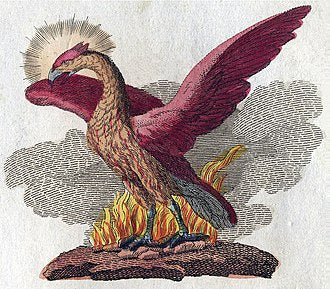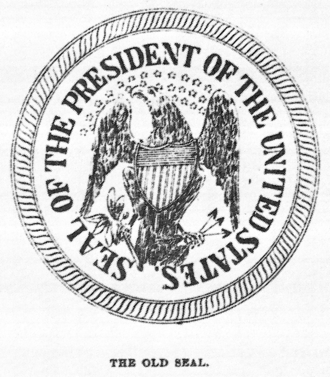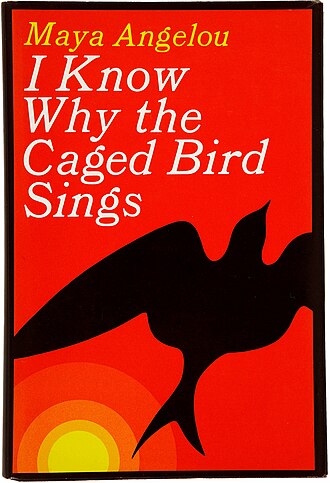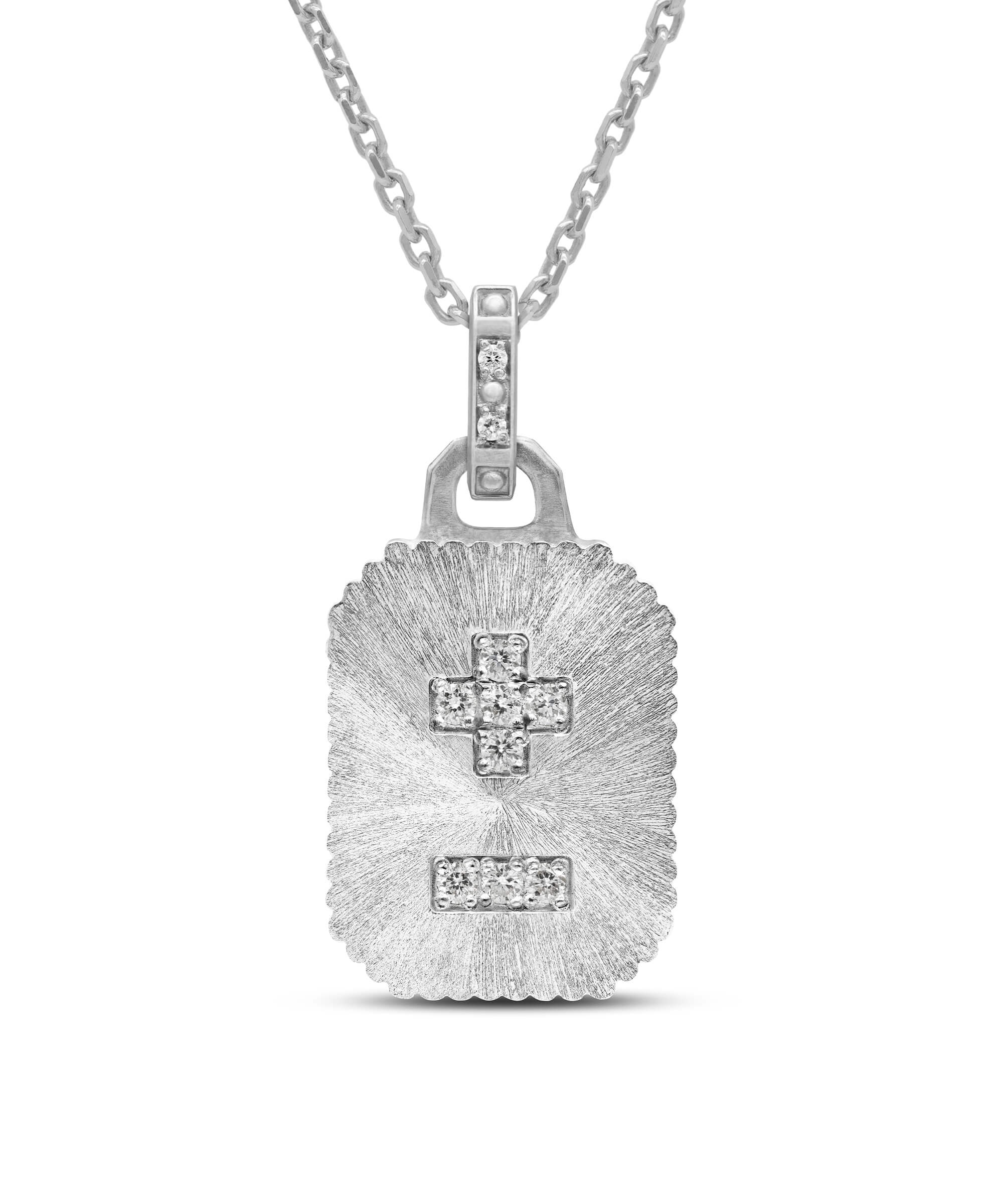Birds have long been powerful symbols in human history, representing themes of freedom, transcendence, and spiritual growth across various cultures and traditions. From ancient mythologies to modern literature, birds have been revered as messengers of the gods, connecting the earthly and spiritual realms. This text explores the deep symbolic meaning of birds throughout history, including their role in cultural traditions, religious symbolism, and literary works. Additionally, it examines the bird symbol’s presence in art, jewelry, and literature, illustrating its continued relevance as a metaphor for personal growth, resilience, and the human spirit’s pursuit of higher ideals.
Amuletha™ Book of Symbols
Bird Symbol
*"The Threatened Swan" by Jan Asselijn
"The Threatened Swan" by Jan Asselijn (1650) is a dramatic and powerful painting depicting a swan defending its nest from a menacing dog. The swan’s aggressive posture, with its wings spread and neck arched, conveys both strength and protection. The painting has been interpreted as an allegory of Dutch political resistance, symbolizing the defense of the nation. The swan, often seen as representing Dutch statesman Johan de Witt, stands as a symbol of courage and defiance, making the painting both a naturalistic scene and a patriotic statement.

*"The Threatened Swan" by Jan Asselijn
"The Threatened Swan" by Jan Asselijn (1650) is a dramatic and powerful painting depicting a swan defending its nest from a menacing dog. The swan’s aggressive posture, with its wings spread and neck arched, conveys both strength and protection. The painting has been interpreted as an allegory of Dutch political resistance, symbolizing the defense of the nation. The swan, often seen as representing Dutch statesman Johan de Witt, stands as a symbol of courage and defiance, making the painting both a naturalistic scene and a patriotic statement.
BIRD SYMBOL ORIGIN
Birds have been powerful symbols in human history for thousands of years, representing freedom, transcendence, and the connection between heaven and earth. Early cultures around the world often revered birds as messengers of the gods, linking them to spirituality and the divine. In Ancient Egypt, the bird symbol appeared frequently, with the falcon representing the god Horus, a deity of the sky and kingship. Similarly, in Ancient Greece, Zeus was symbolized by the eagle, a bird that represented strength, power, and divine authority.
Across many indigenous cultures, birds were seen as guides or spirit animals, capable of traveling between realms. For example, Native American traditions regard the eagle as a sacred bird that connects humans to the spirit world, symbolizing vision, courage, and the pursuit of higher truth. In Norse mythology, the god Odin was often accompanied by two ravens, Huginn and Muninn, who represented thought and memory and flew across the world to bring back knowledge.
In medieval and Christian symbolism, birds took on meanings related to the soul and resurrection. Doves, for instance, became symbols of peace and the Holy Spirit, while in various literary traditions, birds often represent freedom, transformation, or the journey of the soul. The ability of birds to soar high above the ground made them natural symbols of spiritual ascent and transcendence, linking them to themes of liberation and aspiration throughout history.
What does BIRD symbolize
The Bird symbol holds deep significance across various cultures. These four are the most recognized of the meanings it illustrates:
Freedom
Birds symbolize freedom, representing the ability to soar without limitations.
Transcendence
Birds represent transcendence, symbolizing the soul’s rise above earthly concerns to higher realms.
Vision
Birds, especially eagles, symbolize vision and insight, offering a broader perspective.
Spiritual Growth
Birds are linked to spiritual growth, reflecting the soul’s journey toward enlightenment.
Cultural mention
Across cultures and throughout history, birds have served as powerful symbols representing a wide range of meanings. Often associated with freedom, spirituality, and transformation, they appear in myths, religions, and national identities. Birds symbolize the human desire to transcend limitations, offering hope, renewal, and the promise of higher ideals. This section explores how birds, with their ability to soar through the skies, have been used to convey deep cultural messages about strength, purity, and the cycle of life.
The Phoenix in Greek Mythology
In Greek mythology, the phoenix is a mystical bird associated with fire, renewal, and immortality. According to legend, the phoenix lives for several centuries before bursting into flames, only to rise again from its ashes, reborn to live another life cycle. This process of death and rebirth makes the phoenix a symbol of endurance, resilience, and the eternal cycle of life. The myth of the phoenix has been embraced by various cultures over the centuries, symbolizing not only literal resurrection but also personal transformation, hope after adversity, and the potential for renewal. Its ability to regenerate after destruction has made the phoenix an enduring metaphor for overcoming life's challenges.
*A depiction of a phoenix by Friedrich Justin Bertuch (1806)

*A depiction of a phoenix by Friedrich Justin Bertuch (1806)
The Dove in Christianity
In Christianity, the dove is one of the most significant bird symbols, representing peace, purity, and the Holy Spirit. Its role as a symbol of peace is most notably depicted in the biblical story of Noah's Ark, where a dove returns with an olive branch to signify the end of the flood and God's reconciliation with humanity. Additionally, during the baptism of Jesus, the Holy Spirit is said to have descended in the form of a dove, representing divine presence and purity. The dove is also associated with forgiveness and hope, often seen as a sign of God’s grace. Its gentle and calm demeanor makes it a universal symbol of serenity, guiding believers toward inner peace and spiritual purity.
*Baptism of Christ, by Francesca, 1449

*Baptism of Christ, by Francesca, 1449
The Eagle in the United States
The bald eagle, as the national symbol of the United States, represents freedom, strength, and independence. Chosen by the Founding Fathers in 1782 for its majesty and soaring flight, the eagle reflects the ideals of vision and bravery that are central to American values. Its keen sight symbolizes foresight and leadership, while its ability to soar above storms represents resilience and the power to rise above adversity. The eagle also appears on many official U.S. emblems, from currency to military insignia, reinforcing its connection to national pride and the pursuit of liberty. The bird’s high-flying nature makes it a symbol not only of physical freedom but also of the pursuit of lofty ideals and aspirations.
*"The Old Seal", possibly from the 1840s

*"The Old Seal", possibly from the 1840s
BIRD symbol in the world of jewelry
Bird-themed jewelry is often worn by individuals who seek to express qualities such as freedom, transcendence, and personal growth. It appeals to those who value nature, spirituality, and the pursuit of higher ideals. Many who wear bird symbols are drawn to the idea of breaking free from limitations or embracing personal transformation, making bird jewelry popular among free spirits, adventurers, and those undergoing life changes. Additionally, bird symbols, such as doves or eagles, are worn by people who resonate with their specific meanings—peace, strength, or vision. The aesthetic appeal of bird jewelry, combined with its deep symbolic meaning, attracts a diverse audience, from nature enthusiasts to those looking for meaningful spiritual reminders.Gifting bird-themed jewelry carries a significant message, often symbolizing freedom, hope, and new beginnings. A bird gift can be seen as an encouragement to "spread one’s wings" and pursue dreams, offering a message of support and liberation. For someone going through a challenging time, bird jewelry can represent resilience and the hope to rise above difficulties. Specific birds, such as doves, symbolize peace and purity, making them ideal gifts for occasions like weddings or baptisms, while eagles or other powerful birds symbolize strength and vision, suitable for someone starting a new journey in life. Bird jewelry is often a meaningful token of love, care, and the wish for personal or spiritual growth.
What does a BIRD symbolize in literature?
Birds have long been prominent symbols in literature, representing themes of freedom, transcendence, and the human spirit’s journey. From ancient mythology to modern poetry, birds symbolize the ability to rise above challenges, connect with higher realms, and explore new horizons. Birds often serve as metaphors for personal growth, liberation, or spiritual transformation, making them popular symbols in various literary works. Below are a few famous poems where birds play a central symbolic role.
I Know Why the Caged Bird Sings by Maya Angelou
In Maya Angelou’s “I Know Why the Caged Bird Sings”, the caged bird becomes a powerful metaphor for racial oppression and the longing for freedom. The bird's desire to escape its confinement represents the broader human yearning for equality and self-expression. Angelou’s use of the caged bird contrasts with the free bird, symbolizing the profound impact of systemic limitations and the enduring hope for liberation. This metaphor has resonated with readers worldwide, making it a poignant symbol of resilience and the struggle for freedom.
Cover from the first edition by Maya Angelou

"Hope is the Thing with Feathers" by Emily Dickinson
Hope is the thing with feathers
That perches in the soul,
And sings the tune without the words,
And never stops at all.
In this poem, Dickinson uses the bird as a metaphor for hope. The bird, with its feathers and endless song, represents the resilient nature of hope, which remains steadfast even in the face of challenges and hardship.
"The Eagle" by Alfred Lord Tennyson
He clasps the crag with crooked hands;
Close to the sun in lonely lands,
Ring’d with the azure world, he stands.
Tennyson's poem captures the eagle's majestic solitude and strength. The bird here symbolizes power and independence, soaring high above the world, untouched by the troubles below. The imagery of the eagle's elevated perch and proximity to the sun highlights its position as a symbol of vision and authority.
"The Raven" by Edgar Allan Poe
Once upon a midnight dreary, while I pondered, weak and weary,
Over many a quaint and curious volume of forgotten lore—
While I nodded, nearly napping, suddenly there came a tapping,
As of someone gently rapping, rapping at my chamber door.
In this famous poem, Poe uses the raven as a symbol of death and despair. The raven, with its ominous presence, symbolizes the narrator’s deep sorrow and the inevitability of loss. Its repeated refrain, “Nevermore,” emphasizes the permanence of grief, serving as a reminder of life’s darker aspects.
Thoughts
Thoughts placed alongside a symbol resonate with its meaning, serving as a guide to expand your understanding of the symbol's significance in relation to your personal experiences. AMULETHA™ also embraces this approach, invites a deeper contemplation of how symbolic meanings can reflect and enrich your life’s narrative, enhancing your appreciation of both the symbol and its broader implications.
Limitless Sky Bound - Birds embody the idea of limitless freedom, symbolizing the ability to soar beyond physical and mental limitations.
Rising Above Earth - Birds represent rising beyond earthly concerns, symbolizing the soul's transcendence to higher spiritual realms and consciousness.
Expanded Sight Insight - Birds, particularly eagles, symbolize heightened vision, offering a deeper insight and broader perspective on life and challenges.
Journey to Enlightenment - Birds are often associated with spiritual growth, reflecting the soul’s transformative journey toward higher understanding and enlightenment.
FREQUENTLY ASKED QUESTIONS
What does it mean when you see a bird in dreams?
Seeing birds in dreams often symbolizes hope, aspirations, and a desire for freedom or spiritual elevation. The specific type of bird can further influence its meaning.
What does it mean if a bird flies into your home?
In many cultures, a bird flying into your home can symbolize an important message or a spiritual visitation. It can be seen as a sign of change, transformation, or even good fortune on the horizon.
What are common superstitions associated with birds?
Birds have long been the subject of many superstitions across cultures, often seen as omens or messengers. For example, a bird flying into a home is sometimes believed to signal an upcoming death or significant change. Seeing a single magpie is thought to bring bad luck in some regions, while two magpies together are considered good luck. In many cultures, owls are seen as symbols of death or misfortune due to their nocturnal nature, while others view them as wise creatures. On the positive side, finding a feather is often believed to be a sign of good luck or a message from the spiritual realm. Crows and ravens are commonly linked to superstitions about death, but in some cultures, they are seen as protectors or guides. These superstitions reflect the deep symbolic connection between birds and human beliefs about life, death, and the unknown.













